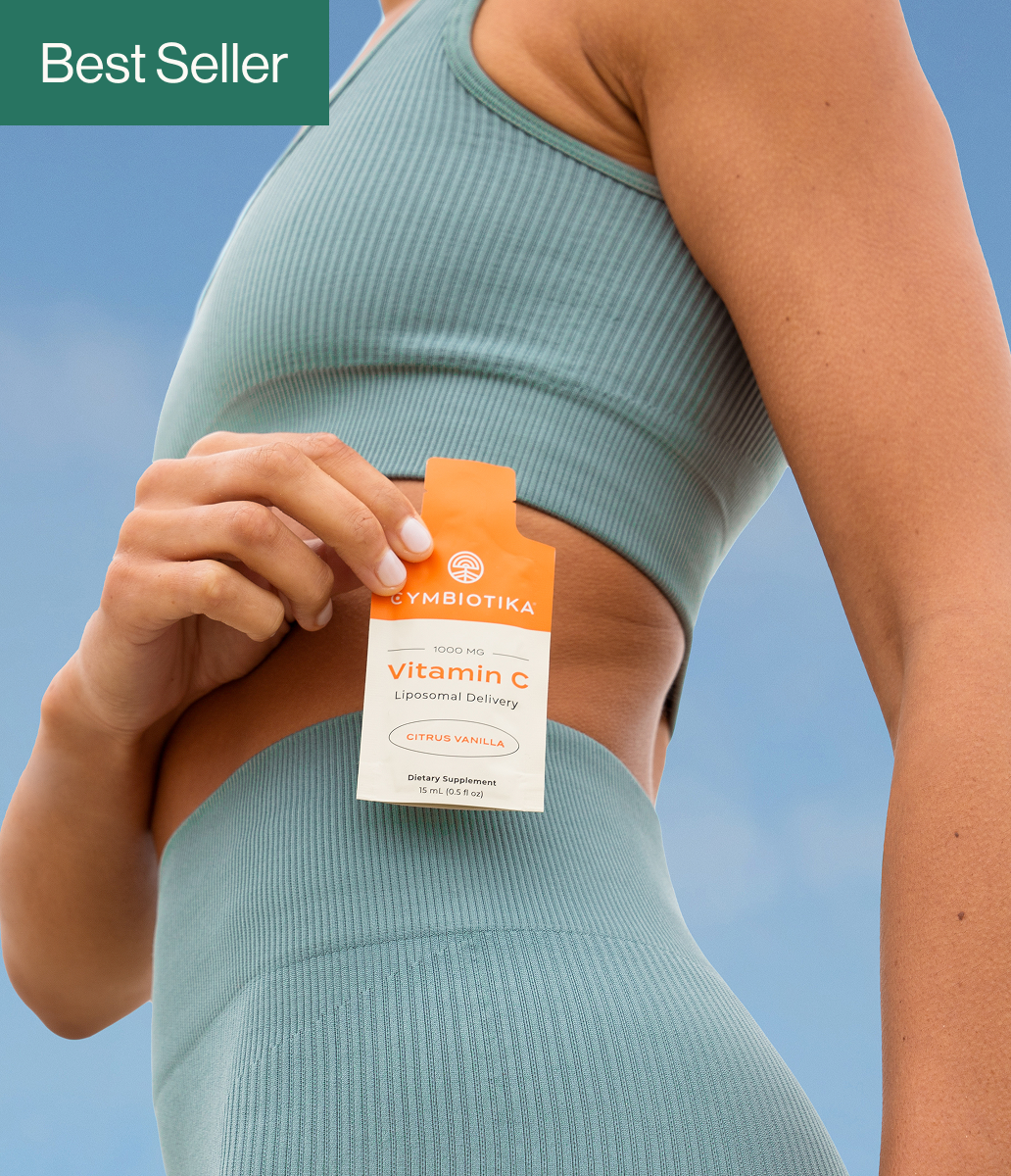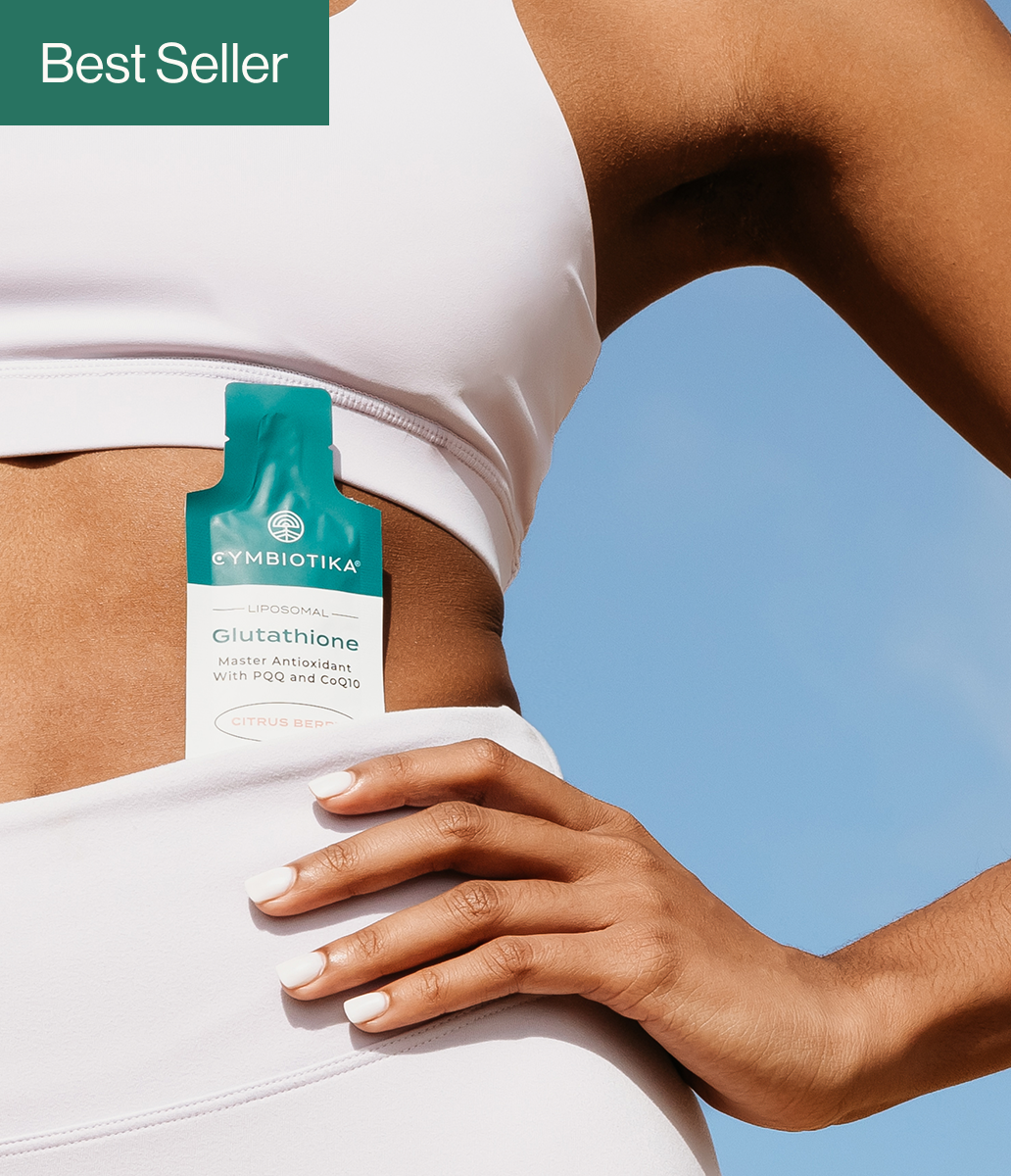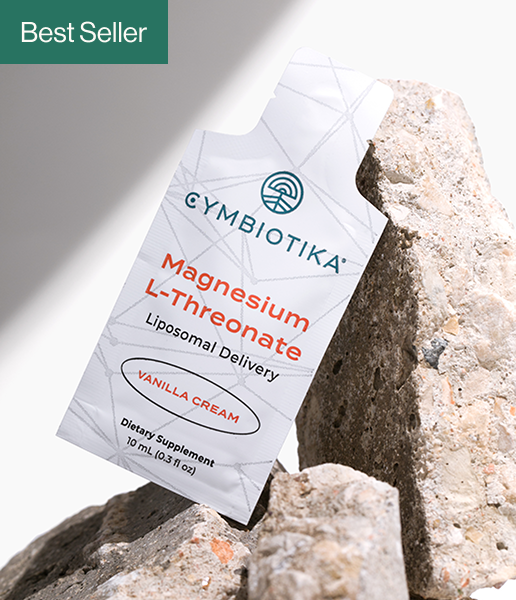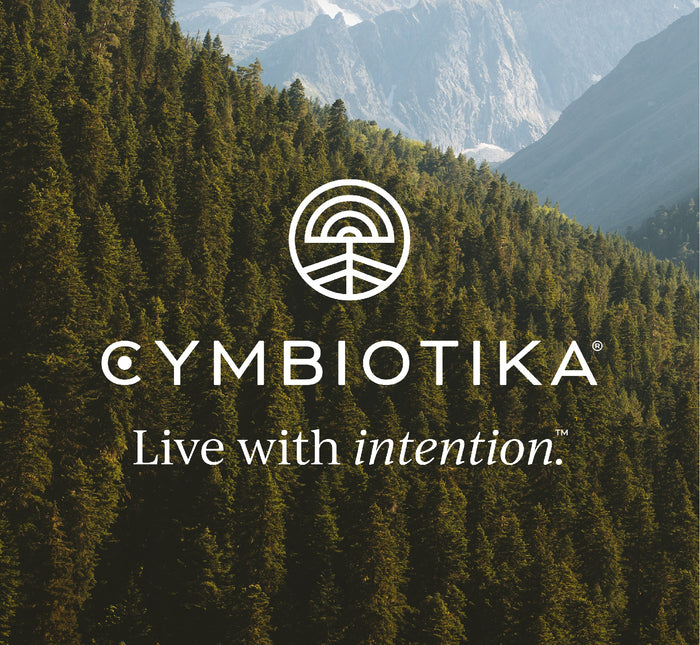
SULFORAPHANE GLUCOSINOLATE
Brassica Oleracea L.Italica
Glucoraphanin, also referred to as sulforaphane glucosinolate (SGS), is the most potent naturally-occurring inducer of phase 2 detoxification enzymes [4,6] and is an indirect, long-acting antioxidant. The exact active ingredient identified in 1992 by Paul Talalay MD, and colleagues at Johns Hopkins University.
“Intake of broccoli sprouts, a rich source of the glucosinolate glucoraphanin, has been associated with decreased incidence, multiplicity, and tumor growth in animal cancer models. [1-3] In 1992, Paul Talalay, MD, and colleagues at Johns Hopkins University identified the isothiocyanate, sulforaphane, a biologically active metabolite of glucoraphanin, as the compound in broccoli responsible for many of its health benefits. [4] Since that time, more than 500 studies have been conducted on the mechanisms and biological activity of sulforaphane and its precursor, glucoraphanin.Sulforaphane also exhibits broad-spectrum antimicrobial activity against numerous grampositive and -negative bacteria, [10] most notably Helicbacter pylori. [11] In addition, sulforaphane possesses anti-inflammatory activity; it inhibits cytokine production in preclinical and clinical studies. [12-14] Sulforaphane’s multiple molecular targets and promising early research have led to 15 clinical trials currently underway to assess its effects on various cancers, cardiovascular disease, upper airway inflammation, radiation dermatitis, and vascular health. Liver/detox , Chemoprevention, Metabolic support, GI support, Ocular support.”(3)
"My greatest fear is that on my tombstone, they'll say, 'He made broccoli famous,'" he says. Paul Talalay (six-decade-long career in research).”(3)
“Well, for all of his accomplishments — building a PhD pharmacology program at the Johns Hopkins School of Medicine, hiring and training some of the nation's foremost biomedical researchers, appearing in movies made by Baltimore film flake John Waters — Talalay will have to forgive observers who won't let him live down a little thing like isolating a compound in broccoli that greatly increases the body's ability to ward off cancer.”(3)
Talalay directs the Laboratory for Molecular Pharmacology at Johns Hopkins, which in 1992 discovered the health-promoting properties of sulforaphane glucosinolate, the cancer-fighting chemical abundant in the pungent Brassica family of vegetables. The lab's findings were splashed on the front page of The New York Times and hailed as one of the top 100 scientific discoveries of the 20th century by Popular Mechanics. All of which fortified a still-growing movement built, by science and so-called foodies, on the idea that people can improve their health by eating the right foods.”
"I cannot say with certainty that we had a clear vision of where we were going," he says. "But we had started with the notion that we could block carcinogenesis if we could isolate these substances."
“Plants seemed to be a natural subject for such research. As they've evolved, plants have developed thousands of chemicals that act as pesticides or protection against infection. Humans eat as many as 10,000 of these compounds when they chomp on vegetables. Talalay's lab decided to find out which vegetables could offer the highest amounts of a handful of those substances. The researchers initially focused on glucosinolates, substances that are particularly abundant in cruciferous vegetables and are turned by enzymes and intestinal bacteria into isothiocyanates, chemicals that block the development of cancer cells.(3)
The lab had a breakthrough in 1991. They found that broccoli and some other prospective side dishes were particularly high in sulforaphane, and that the substance could "upregulate" — or boost — the functions of human proteins that neutralize the processes of disease. Typically, such enzymes work at about 40 percent of their disease-preventing capacity. Sulforaphane kicks them up a notch. Experiments with rats confirmed the function of those protective proteins and sulforaphane's ability to make them stronger. Not surprisingly, given the ongoing doubts about cancer and prevention, the resulting paper that Talalay wrote with three others, including Gary H. Posner, a professor of chemistry in the Krieger School of Arts and Sciences, on the molecular structure of sulforaphane, was refused by Science magazine. (It was eventually published in the Proceedings of the National Academy of Sciences in 1992.)” (3)
“Glucosinolates constitute a natural class of organic compounds that contain sulfur and nitrogen and are derived from glucose and an amino acid. They are water-soluble anions and belong to the glucosides. Every glucosinolate contains a central carbon atom, which is bound via a sulfur atom to the thioglucose group and via a nitrogen atom to a sulfate group (making a sulfated aldoxime). In addition, the central carbon is bound to a side group; different glucosinolates have different side groups, and it is variation in the side group that is responsible for the variation in the biological activities of these plant compounds. The essence of glucosinolate chemistry is their ability to convert into an isothiocyanate (a "mustard oil") upon hydrolysis of the thioglucoside bond by the enzyme myrosinase.”(11)
“Glucoraphanin from broccoli and its sprouts and seeds is a water soluble and relatively inert precursor of sulforaphane, the reactive isothiocyanate that potently inhibits neoplastic cellular processes and prevents a number of disease states. Sulforaphane is difficult to deliver in an enriched and stable form for purposes of direct human consumption. We have focused upon evaluating the bioavailability of sulforaphane, either by direct administration of glucoraphanin (a glucosinolate, or β-thioglucoside-N-hydroxysulfate), or by co-administering glucoraphanin and the enzyme myrosinase to catalyze its conversion to sulforaphane at economic, reproducible and sustainable yields. We show that following administration of glucoraphanin in a commercially prepared dietary supplement to a small number of human volunteers, the volunteers had equivalent output of sulforaphane metabolites in their urine to that which they produced when given an equimolar dose of glucoraphanin in a simple boiled and lyophilized extract of broccoli sprouts. Furthermore, when either broccoli sprouts or seeds are administered directly to subjects without prior extraction and consequent inactivation of endogenous myrosinase, regardless of the delivery matrix or dose, the sulforaphane in those preparations is 3- to 4-fold more bioavailable than sulforaphane from glucoraphanin delivered without active plant myrosinase.”(10)
“Broccoli (Brassica oleracea var. italica) is a member of the Brassicaceae family of plants. Epidemiological studies, dietary trials, animal and in vitro investigations have revealed a range of potential beneficial effects of broccoli on a range of chronic diseases such as different types of cancers [1,2,3,4] and cardiovascular diseases [5,6,7]. The beneficial effects are commonly attributed to bioactive phytochemicals present that includes hydroxycinnamic acids, flavonoids (e.g., quercetin, kaempferol, myricetin), carotenoids (lutein) and glucosinolates (e.g., glucoraphanin) [8,9,10]. Glucosinolates are of great interest; in broccoli glucoraphanin is present in the highest quantity, comprising about 80% of the total, with smaller amounts of glucobrassicin, 4-methoxyglucobrassicin and 1-methoxyglucobrassicin also being found [11]. The biologically active forms of the glucosinolates are isothiocyanates which are generated by the action of the enzyme myrosinase that is released when the plant tissue is chopped or chewed [12]. In the case of glucoraphanin, the isothiocyanate formed is sulforaphane, less bioactive nitriles can also be formed by the activity of epithiospecifier protein (ESP) [13]. Sulforaphane has been shown in vitro to exert bioactivity [14,15,16,17,18] and to exert antibacterial effects against a range of food-borne pathogens and enteropathogenic microbes including Listeria monocytogenes, Escherichia coli, Salmonella Typhimurium and Helicobacter pylori [9, 19,20,21].” (2)
“In some cruciferous plants, epithiospecifier protein (ESP) directs myrosinase (EC 3.2.3.1)-catalyzed hydrolysis of alkenyl glucosinolates toward epithionitrile formation. Here, for the first time, we show that ESP activity is negatively correlated with the extent of formation of the health-promoting phytochemical sulforaphane in broccoli (Brassica oleracea L. ssp. italica). A 43 kDa protein with ESP activity and sequence homology to the ESP of Arabidopsis thaliana was cloned from the broccoli cv. Packman and expressed in Escherichia coli. In a model system, the recombinant protein not only directed myrosinase-dependent metabolism of the alkenyl glucosinolate epi-progoitrin [(2S)-2-hydroxy-3-butenyl glucosinolate] toward formation of an epithionitrile but also directed myrosinase-dependent hydrolysis of the glucosinolate glucoraphanin [4-(methylsulfinyl)butyl glucosinolate] to form sulforaphane nitrile, in place of the isothiocyanate sulforaphane. The importance of this finding is that, whereas sulforaphane has been shown to have anticarcinogenic properties, sulforaphane nitrile has not. Genetic manipulation designed to attenuate or eliminate expression of ESP in broccoli could increase the fractional conversion of glucoraphanin to sulforaphane, enhancing potential health benefits.”(1)
“Studies on broccoli (Brassica oleracea var. italica) indicate beneficial effects against a range of chronic diseases, commonly attributed to their bioactive phytochemicals. Sulforaphane, the bioactive form of glucoraphanin, is formed by the action of the indigenous enzyme myrosinase. This study explored the role that digestion and cooking practices play in bioactivity and bioavailability, especially the rarely considered dose delivered to the colon. Antimicrobial; Bioavailability; Glucoraphanin; Sulforaphane. Sulforaphane-enriched extracts from broccoli exerted anti-microbial activity against gut pathogens in vitro (and the inclusion of a heat-tolerant source of myrosinase in cooked broccoli can increase intestinal delivery of sulforaphane, albeit to very low levels.)” (2)
“Sulforaphane protects small intestinal mucosa from aspirin/NSAID-induced injury by enhancing host defense systems against oxidative stress and by inhibiting mucosal invasion of anaerobic enterobacteria. SFN protects small intestine, presumably by up-regulating nrf2-keap1 dependent antioxidant system and by inhibiting invasion of anaerobic bacteria into the mucosa.”(8)
“Sulforaphane is an isothiocyanate occurring in stored form as glucoraphanin in cruciferous vegetables such as cabbage, cauliflower, and kale, and at high levels in broccoli especially in broccoli sprouts. Glucoraphanin requires the plant enzyme myrosinase for converting it into sulforaphane. Sulforaphane is metabolized through mercapturic acid pathway, being conjugated with glutathione and undergoes further biotransformation, yielding metabolites. Sulforaphane is extensively investigated and is in the interest in medicine for its health benefits. It has been shown that sulforaphane may protect against various types of cancer, may also decrease the risk of cardiovascular disease, and help in autism and osteoporosis.”(9)
“Consumption of broccoli has long been considered to play a role in a healthy diet. Broccoli accumulates significant amounts of the phytonutrient glucoraphanin (4-methylsulfinylbutyl glucosinolate), which is metabolized in vivo to the biologically active sulforaphane. The preponderance of evidence available from in vitro, animal, and human studies supports the association of sulforaphane with phase II enzyme induction. This has provided impetus for developing varieties of broccoli, both sprouts and whole heads, that are rich in glucoraphanin. The cancer-preventive properties of cruciferous vegetables, especially broccoli, have been studied for decades. However, evidence of broccoli directly affecting cancer incidence or progression is ambiguous, in part because of the presence of substantial polymorphisms in enzymes that metabolize sulforaphane. Since broccoli sulforaphane is one of the most potent inducers of phase II enzymes, exploration into broccoli's impact on other areas of human health, such as cardiovascular health and upper airway immunity, has been suggested. This review provides an update on evidence supporting phase II enzyme induction by sulforaphanes, with implications for breeding broccoli varieties with enhanced amounts of glucoraphanin. Early-stage human studies of consumption of broccoli with enhanced glucoraphanin are also discussed.” (13)
FOUND IN THE FOLLOWING PRODUCT(S)
CLINICAL RESEARCH
1. Epithiospecifier protein from broccoli (Brassica oleracea L. ssp. italica) inhibits formation of the anticancer agent sulforaphane
2. Sulforaphane-enriched extracts from glucoraphanin-rich broccoli exert antimicrobial activity against gut pathogens in vitro and innovative cooking methods increase in vivo intestinal delivery of sulforaphane
3. A Nibble of Prevention-Johns Hopkins Magazine
4. Broccoli (sulforaphane glucosinolate) for the treatment of H. pylori infection in humans |
5. Glucosinolate structures in evolution
6. Glucosinolates: bioavailability and importance to health
7. Protective effect of sulforaphane against oxidative stress: recent advances
8. Sulforaphane protects small intestinal mucosa from aspirin/NSAID-induced injury by enhancing host defense systems against oxidative stress and by inhibiting mucosal invasion of anaerobic enterobacteria
9. Isothiocyanate from Broccoli, Sulforaphane, and Its Properties
10. Sulforaphane Bioavailability from Glucoraphanin-Rich Broccoli: Control by Active Endogenous Myrosinase
11. Sulforaphane Bioavailability from Glucoraphanin-Rich Broccoli: Control by Active Endogenous Myrosinase
12. Absorption and metabolism of isothiocyanates formed from broccoli glucosinolates: effects of BMI and daily consumption in a randomised clinical trial
13. Novel concepts of broccoli sulforaphanes and disease: induction of phase II antioxidant and detoxification enzymes by enhanced-glucoraphanin broccoli
14. Absorption and metabolism of isothiocyanates formed from broccoli glucosinolates: effects of BMI and daily consumption in a randomised clinical trial
15. Glutathione S-transferase M1 polymorphism and metabolism of sulforaphane from standard and high-glucosinolate broccoli
16. Alternative Medicine Review 2010 (Dec); 15 (4): 352–360










